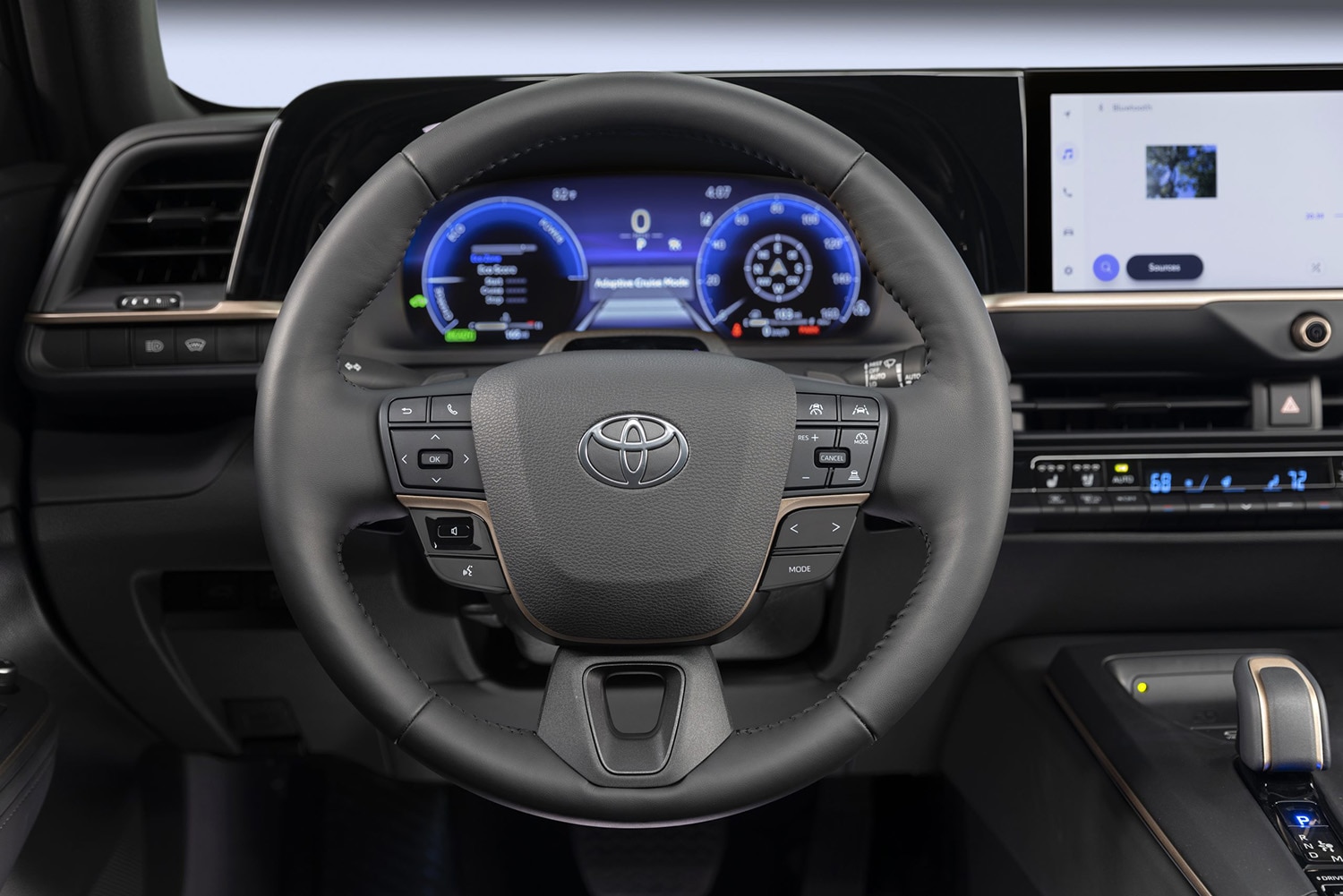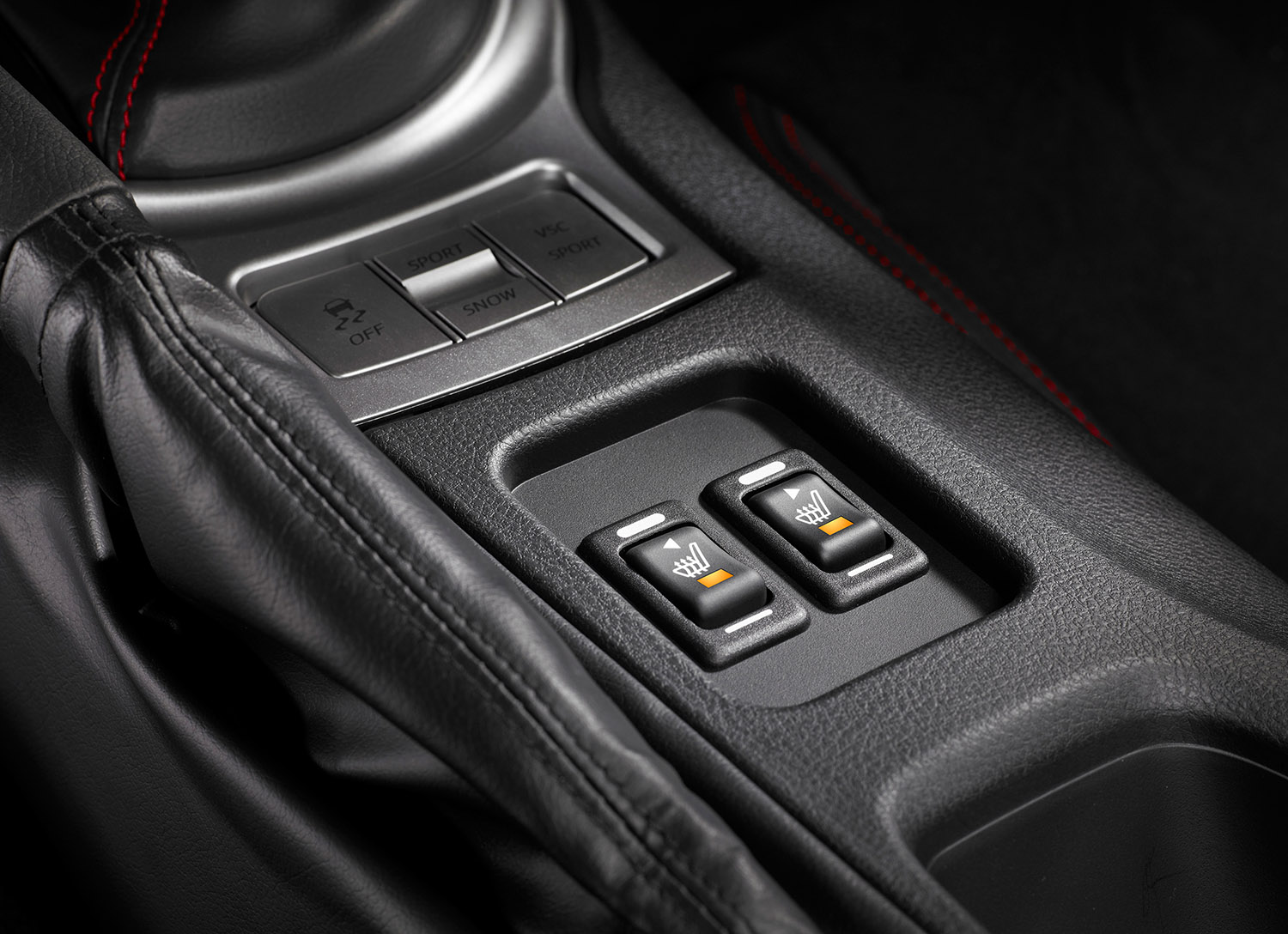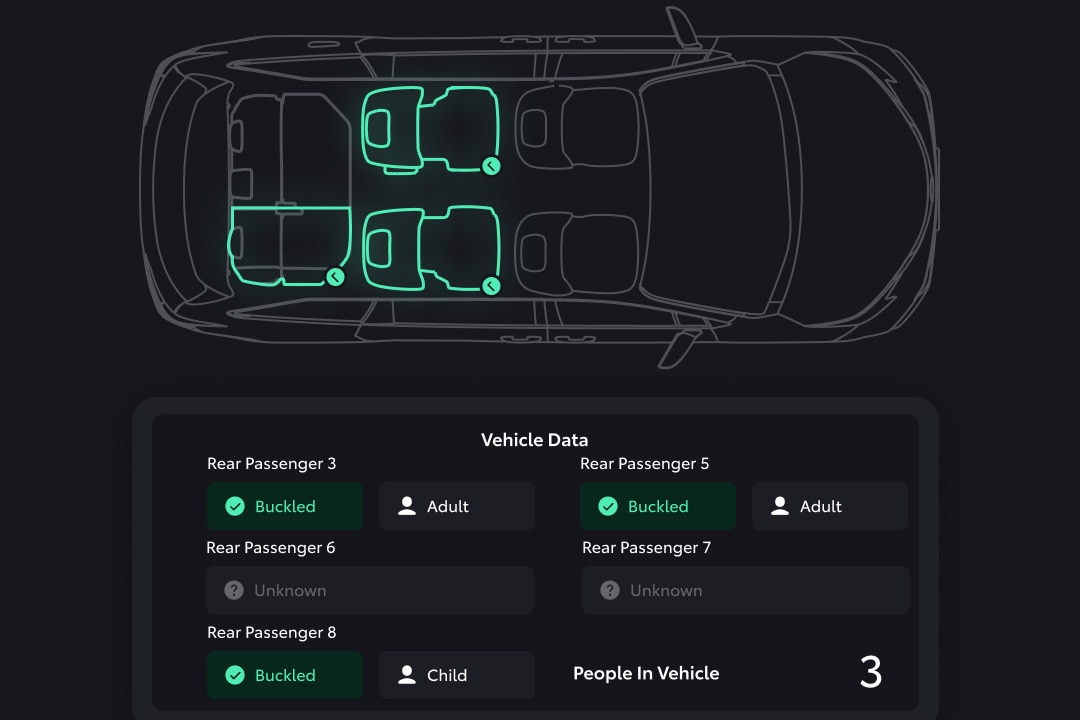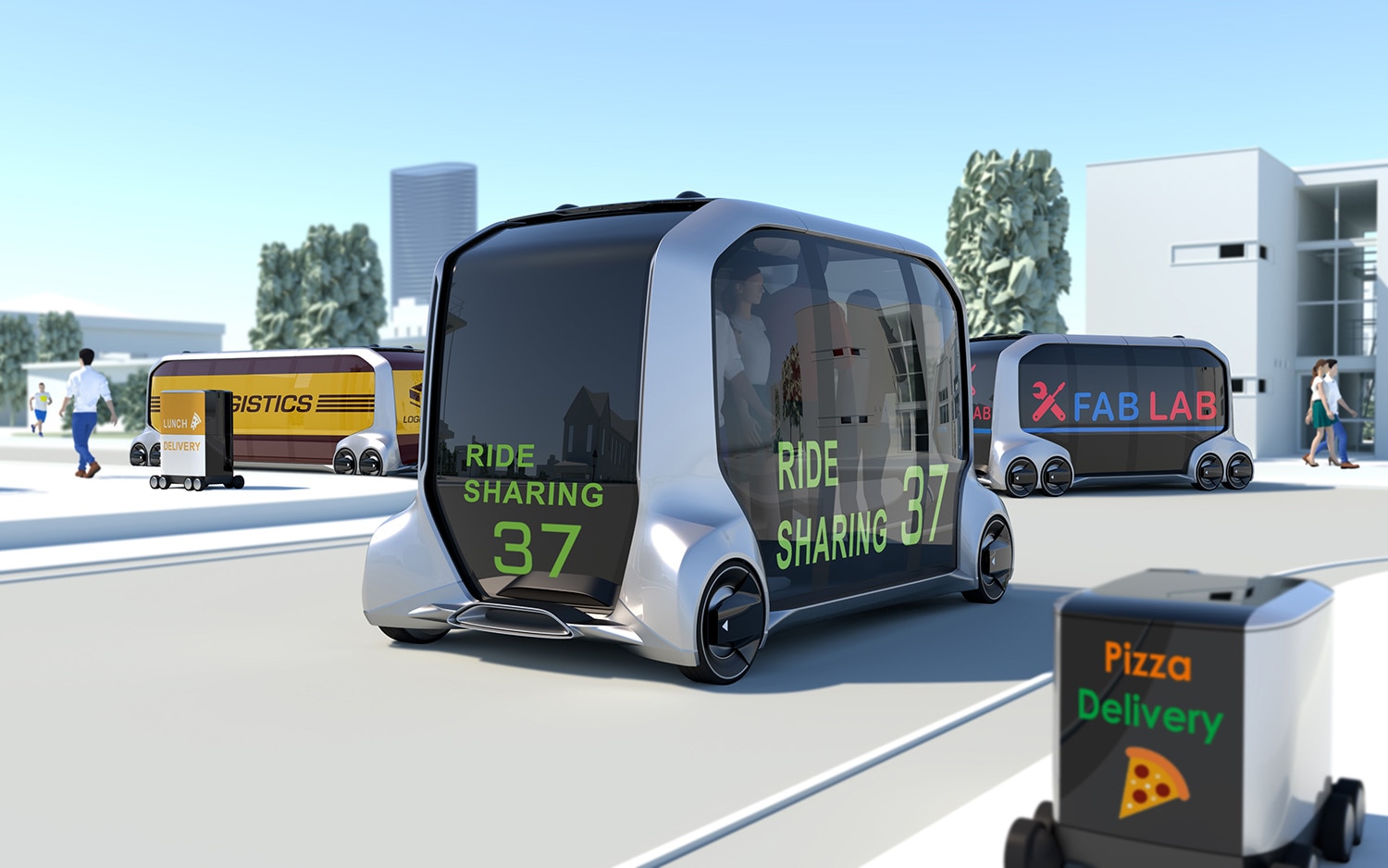Automakers Turn to Subscription Plans
Toyota, BMW, Tesla, GM, and others intend to charge monthly fees for features like remote start and heated seats.
 Toyota
Toyota
Like many carmakers, Toyota offers remote start as an upgrade. But where rivals charge upfront for this, Toyota offers it as part of a suite of perks that includes a Wi-Fi hotspot, emergency roadside support, and the ability to perform other convenience tasks through a smartphone app. The functionality is free through a three- or 10-year trial period (depending on which audio package the car has), then it’s $8 a month going forward.
This subscription fee
 Toyota
Toyota
Some Background on Automotive Subscription Plans
This is not the first time an automaker has tried to test out a subscription model, nor will it be the last. Consider that Volvo, Nissan, and even Hertz offer subscriptions for all-inclusive access to their fleets of cars as alternatives to ownership or repeated rentals.
And many others have started to prepare consumers for a future when certain features will require a regular fee. Last month, GM announced plans for 50 new subscription services by 2026. And a few years ago, BMW raised hackles by charging customers extra for Apple CarPlay—then and now a standard feature on the
That said, the marque matters here. Luxury car buyers may not balk at having to pay $25 a month for Cadillac’s Super Cruise on a $90,000 Escalade or $85 a month for Audi’s immersive navigation system on a $54,000 Q5; they expect the upsell, and the manufacturers will ostensibly update these software-dependent features and provide new capability over time.
Time will tell if folks end up balking at the monthly fee for Toyota's Remote Connect Services after the free three- or 10-year trial. Toyota customers are typically more focused on value rather than luxury, especially when competitors, like Honda, provide similar functionality without a subscription fee.
 Toyota
Toyota
Taking a Lesson from Tesla, More Automakers Are Treating Cars Like Software
The average age of cars on U.S. roads has exceeded 12 years, according to
With all this eating into profits, carmakers are looking for other avenues to make money besides sales and service. If they could equip all vehicles the same way and merely turn features on and off at will, they could simplify the production process, as Tesla has done. Throwing in perks like roadside assistance, expanded smartphone-to-vehicle functionality, as well as the latest upgrades and fixes software engineers can dream up are value-adds that could make the subscription proposition more palatable.
Ever since the Model S first rolled out a decade ago, Tesla has styled itself more like a tech company than an automaker. Among other things, the all-electric manufacturer pioneered the idea of providing over-the-air updates without owners having to lift a finger. And for the most part, the public has celebrated this convenience, not least because wireless updates help keep cars up to date and thereby somewhat curb depreciation rates.
But while this business model can provide some utility to the buyer, it increases company profits, as well. During Hurricane Irma in 2017, Tesla remotely extended the battery range of several vehicles to help owners escape the storm. While customers appreciated the help, this temporary upgrade highlighted the fact that the company sells essentially the same vehicle at different price points by artificially limiting capabilities. And in 2020, Tesla offered new customers a three-month trial of its Full Self-Driving suite to boost its end-of-year sales.
Moreover, because upgrades correspond to the owner, not the car, Tesla has the potential to keep making money on its vehicles after they change hands. “[That model] worked great for Adobe, which went from selling copies of Photoshop for $700 to offering only a subscription license," said analyst Sam Abuelsamid in a
 Toyota
Toyota
Are In-Car Subscriptions Inevitable?
The closer we get to full automation, the more carmakers are going to insist on charging regular fees to maintain the software in the vehicle and a connection with the consumer. Cars are fast becoming like smartphones—an expensive piece of tech that requires occasional updates and that you can customize at the touch of a button.
As much as the subscription model seems inevitable, it’s hard to picture mainstream car buyers not objecting to the idea of paying for once-included features. It’s also hard to picture automakers shying away from this concept indefinitely. For now, though—at least for the average consumer—the whole conversation around in-car subscriptions feels like one big, disconnected Toyota key fob: a nonstarter.
Written by humans.
Edited by humans.
 Andrew Lawrence
Andrew LawrenceAndrew Lawrence learned to read from car magazines, learned to write drafting complaint letters to Audi execs, and learned to drive in a 1988 Volvo 760 Turbo wagon—and has been chasing that blissful rear-wheel drive high ever since. His main career goal is to write enough to afford owning (and repairing) a Volkswagen Phaeton.
Related articles
View more related articles